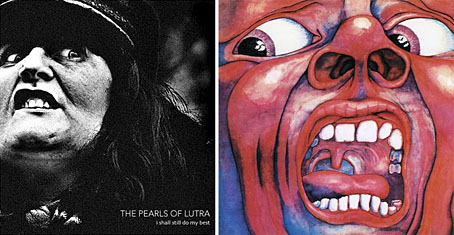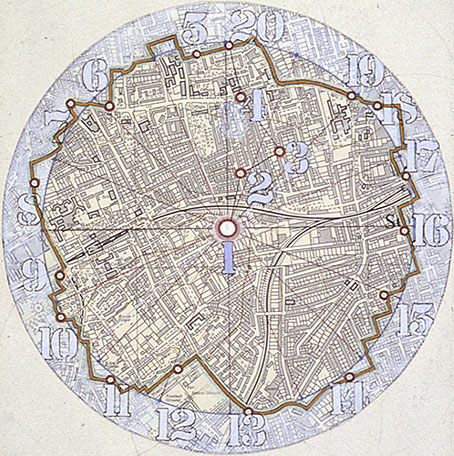
The results of the Figment album art competition have now been posted and you can see my choice of the winner on the left here. You can see the rest of the winners and read my comments on the Figment site. The winning design reminded me of the famous cover for the first King Crimson album, In the Court of the Crimson King (1969), a painting by Barry Godber. Both have an arresting quality which make you wonder what it is that’s being witnessed beyond the picture frame.
King Crimson’s debut is one of the key moments when British music abandoned the silliness of psychedelia and got down to the serious business of becoming progressive rock. For some people this means it’s also the moment when rock music Went Wrong but I’ve no time for such Spartan sophistries; Robert Fripp rules. Digressions aside, I’ve not finished with the present psychedelic obsession (no, you don’t escape that easily), and the other piece of news today comes with an alert from Valis whose radio show of psychedelic music, Trip Inside This House, runs for two hours every Tuesday morning on KBHX, St Louis, from 5am to 7am. There’s archived shows on a blog of the same name and that site currently features an interview with Matt Piucci, ex of the fantastic Rain Parade, for my money the best of the Paisley Underground bands of the 1980s. If you haven’t yet heard their finest moment, No Easy Way Down, then your life is quite simply a hollow sham.


